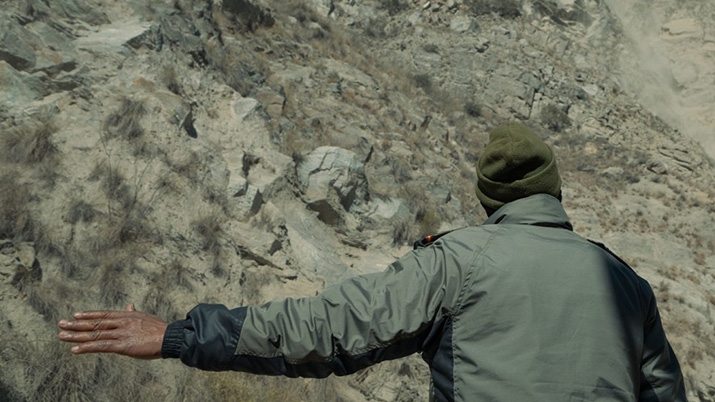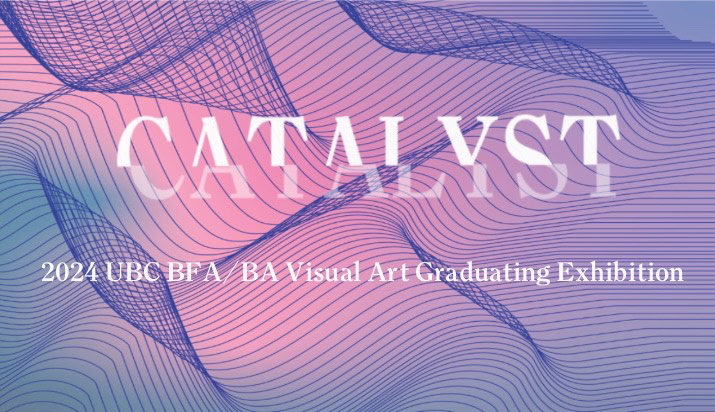American Indianisms: Narrative Structure as Secular Judgment in Thomas Crawford’s Progress of Civilization
Presented as part of the Joan Carlisle-Irving Lecture Series
This event is free and open to the public
This talk will explore the commission and placement of the pediment erected over the US Senate in 1863. Created by the US sculptor, Thomas Crawford, the sculpture represents the conflict between whites and Indigenous people as both settled and eternal. It also traces the process by which First Nations people were racialized as “Indian.” Virtually ignored today by visitors, tourists, and senators to the Capitol building, Buick will trace the nuances of the sculpture’s possible interpretations from 1778, when the first treaty between the US government and Indigenous sovereign nations was made, to 2016 and the uprisings by water protectors at Standing Rock.
Kirsten Pai Buick is Professor of Art History at the University of New Mexico where she teaches in the areas of the visual culture of the first British Empire; US art to 1940; African American art; representations of the American landscape and representations of enslavement; and the history of women as patrons and collectors of the arts. She has published extensively on African American art and been the recipient of numerous awards and fellowships, including the Smithsonian American Art Museum’s Pre-Doctoral Fellowship and the Charles Gaius Bolin Fellowship at Williams College. In 2015, she was chosen as the eleventh recipient of the David C. Driskell Prize for excellence in African American Art. Her book, Child of the Fire: Mary Edmonia Lewis and the ‘Problem’ of Art History’s Black and Indian Subject, is published by Duke University Press. Her second book, In Authenticity: ‘Kara Walker’ and the Eidetics of Racism is in progress.


